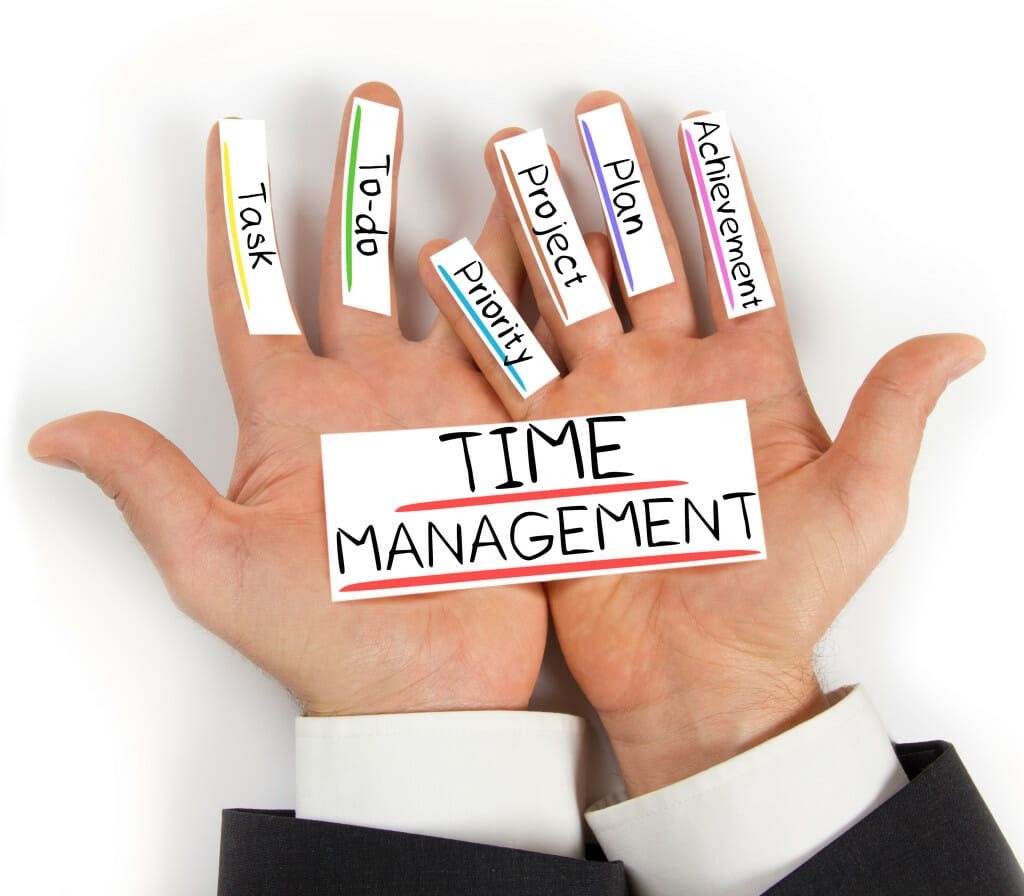1. Clarify Your Objective First
Before you can make a good decision, you need to know what you’re aiming for. Many poor or slow decisions stem from unclear goals.
Ask yourself:
-
What do I really want out of this?
-
What outcome would feel like a “win”?
For example, if you're deciding whether to accept a new job offer, ask if your priority is more money, a better work-life balance, or career growth. Knowing your main goal helps you filter out irrelevant options.
2. Limit Your Options
More options don’t always mean better decisions—in fact, too many choices can overwhelm you. Psychologists call this the paradox of choice.
Try this:
-
Narrow down your options to 3–5 at most.
-
Eliminate any that clearly don’t align with your goals.
This approach cuts down on mental clutter and makes it easier to weigh pros and cons.
3. Use the “2-Minute Rule” for Small Decisions
Not every decision deserves deep thought. Spending 30 minutes choosing a toothpaste brand isn’t productive.
Apply this simple rule:
If a decision will have minor consequences and takes less than two minutes to decide, just pick and move on.
For everyday choices, it’s better to make a “good enough” decision quickly than to seek the perfect answer.
4. Set a Time Limit for Big Decisions
Giving yourself a deadline reduces overthinking and encourages action. Without time pressure, you might endlessly research or second-guess yourself.
How to do it:
-
Assign a realistic deadline: 10 minutes for small tasks, 24–48 hours for big ones.
-
Write it down or set a calendar reminder.
A time boundary forces your brain into focused mode and prevents indecision from dragging on.
5. Use the 10/10/10 Rule
This clever mental trick helps you gain perspective on emotional or impulsive decisions.
Ask yourself:
-
How will I feel about this decision in 10 minutes?
-
In 10 months?
-
In 10 years?
This long-view thinking helps you separate short-term emotion from long-term value. For instance, quitting a difficult job may feel great now (10 minutes), but regrettable if it damages your career path (10 years).
6. Tap Into Your Intuition—After Doing the Research
Your gut feeling isn’t magic—it’s often the result of experience and pattern recognition. But don’t rely on instinct alone, especially for unfamiliar situations.
A good formula is:
Research the facts → Reflect on your values → Then trust your intuition.
Once you’ve gathered enough information and considered your priorities, allow your instincts to guide you when the choice feels close.
7. Avoid Decision Fatigue
The more decisions you make in a day, the harder it becomes to make good ones. That’s why successful people like Barack Obama or Steve Jobs famously simplified their daily choices (e.g., wearing the same outfit).
Ways to reduce decision fatigue:
-
Create routines for low-stakes choices (meals, workouts, outfits).
-
Make important decisions in the morning or after rest.
-
Batch similar decisions together.
Protect your mental energy for the decisions that really matter.
8. Use a Simple Pros and Cons List—With a Twist
The classic pros and cons list still works—but here’s a smarter version.
Add these upgrades:
-
Weight each item by importance (e.g., give “salary” a 9 and “office perks” a 3).
-
Score each option to see what comes out on top.
This turns vague thoughts into structured insights, helping you compare choices more objectively.
9. Accept That No Decision Is Perfect
The fear of making the “wrong” choice can freeze you. But in most cases, there is no perfect answer—just the best one based on what you know now.
Remind yourself:
-
You can often adjust course later.
-
Making a choice is better than staying stuck.
Progress, not perfection, is the goal. Take the best step you can, and stay flexible.
10. Review and Learn from Past Decisions
Decision-making gets easier with experience—if you take the time to reflect.
Try this:
-
After a major decision, jot down what went well and what didn’t.
-
Look for patterns in past successes or regrets.
You’ll start to build your own “decision playbook” that makes future calls quicker and smarter.
Final Thoughts: Make It a Habit
Making better decisions faster isn’t about being impulsive—it’s about being intentional. When you clarify your goals, streamline your thinking, and trust your process, you stop second-guessing and start acting with confidence.
Next time you’re staring down a tough choice, return to these principles. With practice, you’ll not only save time—you’ll make decisions that truly align with your values, goals, and best self.









